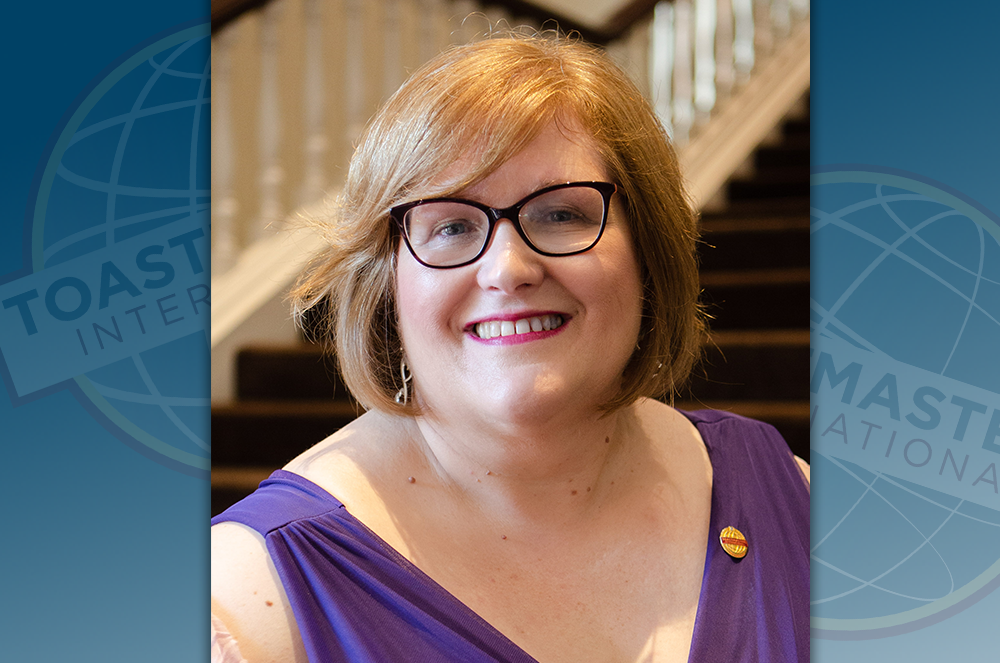
Shortly after joining my Toastmasters club here in Germany, I discovered I had a problem. When I gave a speech, my evaluator would provide their feedback related to the objectives of the speech project and how I could improve as a speaker. The problem was that each time I included some humor in my speech, it just didn’t seem to land with the audience.
Club members were from the United States, Canada, the United Kingdom, India, Poland, and Germany. Perhaps they didn’t understand my accent, or my choice of words was confusing, I wondered.
Eventually, an astute evaluator took me aside after a meeting and explained that different cultures have different approaches to humor. His advice proved useful to me when presenting at work and relating to colleagues, neighbors, and friends. It also allowed me to tailor my message to people in the country where I was living.
Laughing together creates a bond. For many of us, humor is an essential part of our lives.
As a native of Scotland, I was used to self-deprecating humor. Such humor abounds on television and in literature there and has its own distinct character. It is part of everyday life, and you’ll hear it trip off the tongues of taxi drivers, bartenders, and passengers waiting for a bus.
In Germany, humor is not self-deprecating in the way I was used to. While in Scotland, self-deprecation is seen as an indication of strong character, Germans don’t like to mock themselves in private or in public. For sure they have a sense of humor—it is simply different than the one I was familiar with.
For example, in Germany each New Year’s Eve, a 1963 black-and-white comedy sketch airs on TV about a woman celebrating her 90th birthday and her butler serving her dinner and getting progressively more drunk. Dinner for One originated in the UK, yet it’s almost unknown there; however, in Germany it has acquired a cult following.
People have many attributes that help us identify with each other. The ability to speak the same language is one, and our ability to laugh is another. Laughing together creates a bond. For many of us, humor is an essential part of our lives.
The advice from the speech evaluator really helped me to settle into my new culture and communicate more effectively. It gave me confidence to take on the “Jokemaster” role at club meetings and practice different approaches to humor.
How does your club help its members get comfortable with humor?
Morag Mathieson, DTM
2023–2024 International President
Morag Mathieson, DTM is the 2023—2024 International President of Toastmasters International. Learn more about her on the Board of Directors page.
Related Articles

Cross-Cultural Communication
How to Be Funny Across Cultures

Cross-Cultural Communication




